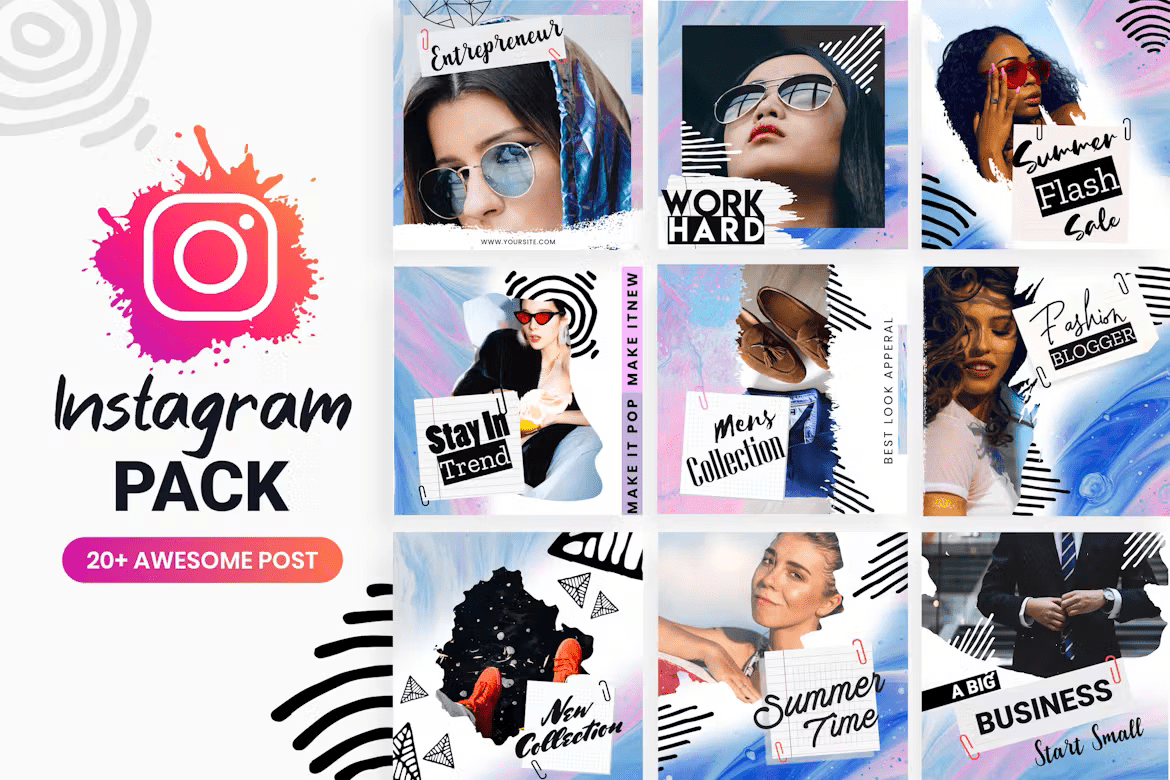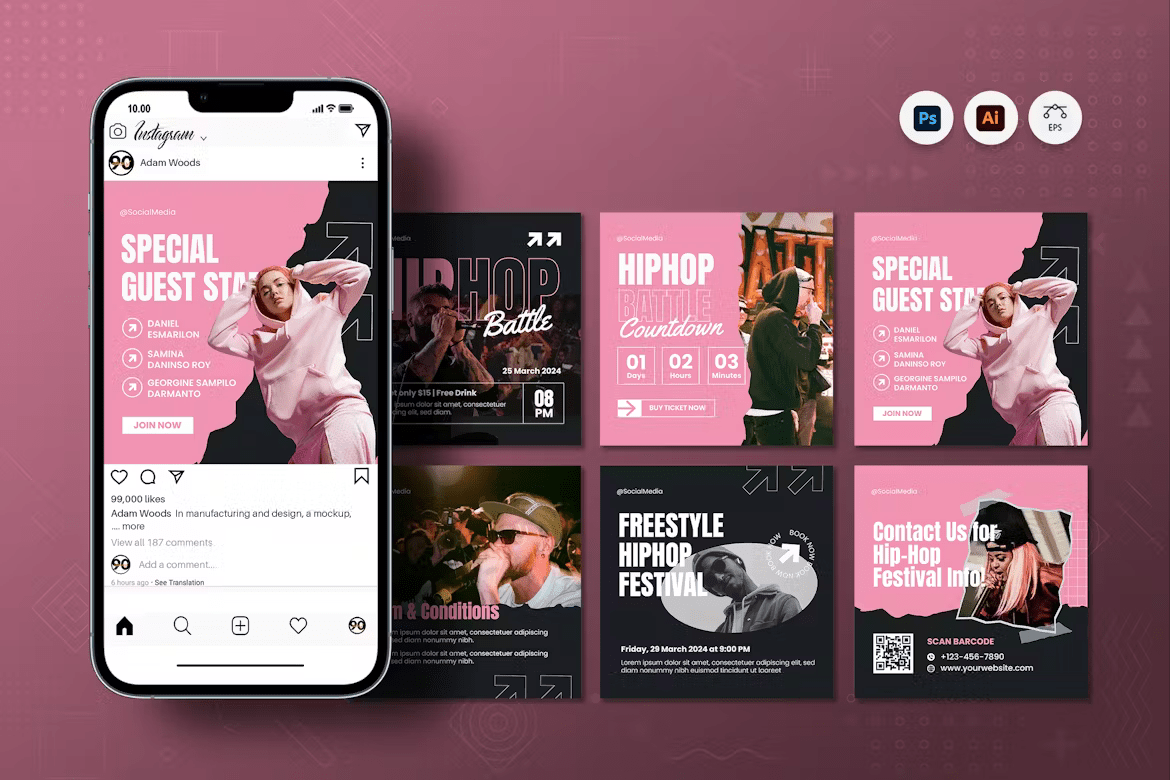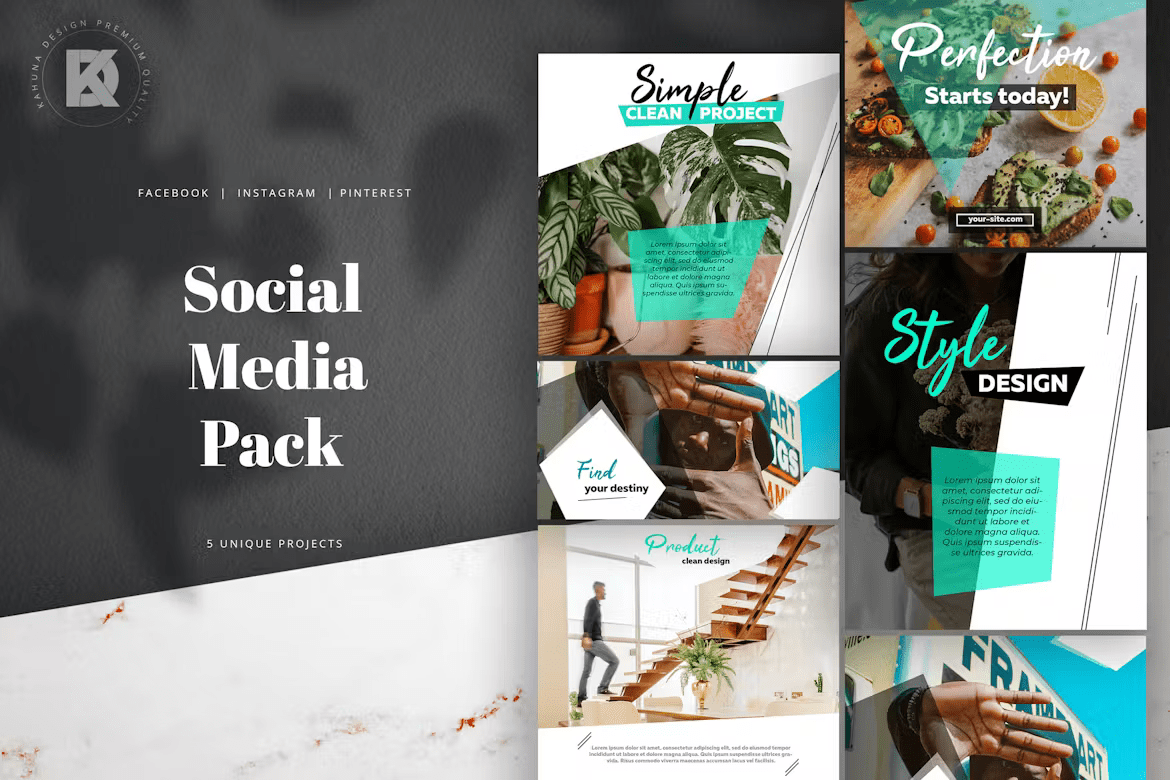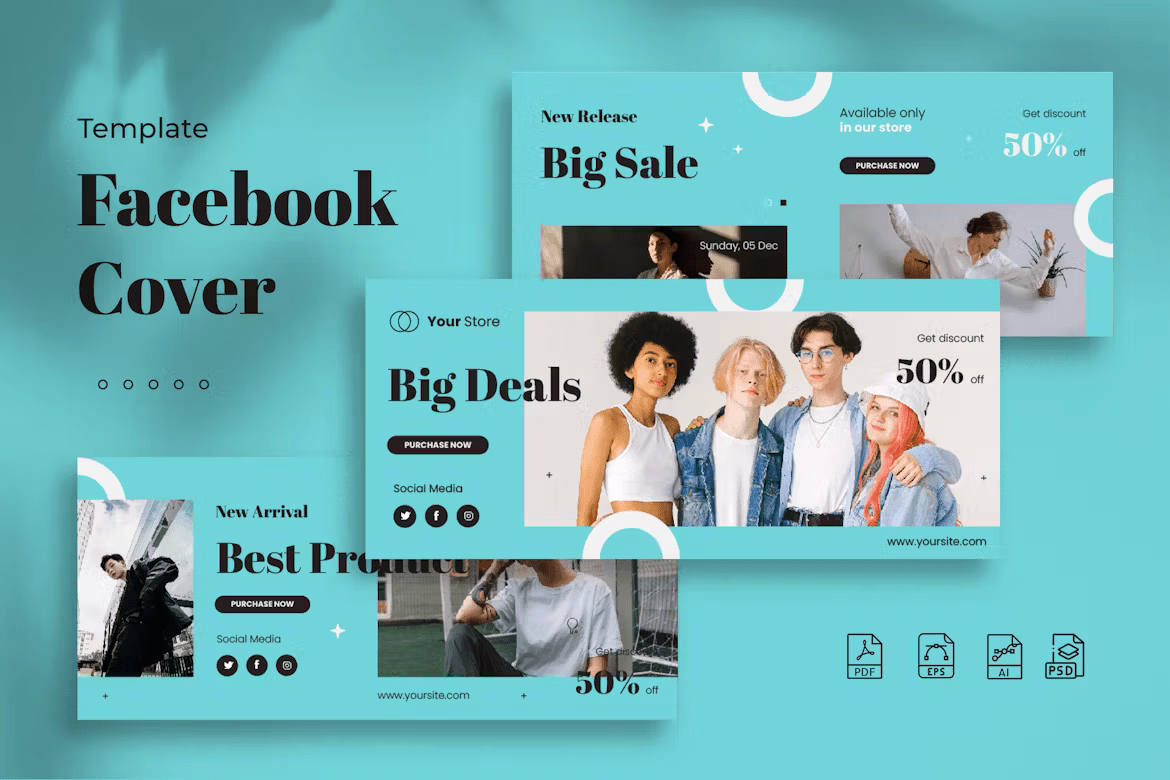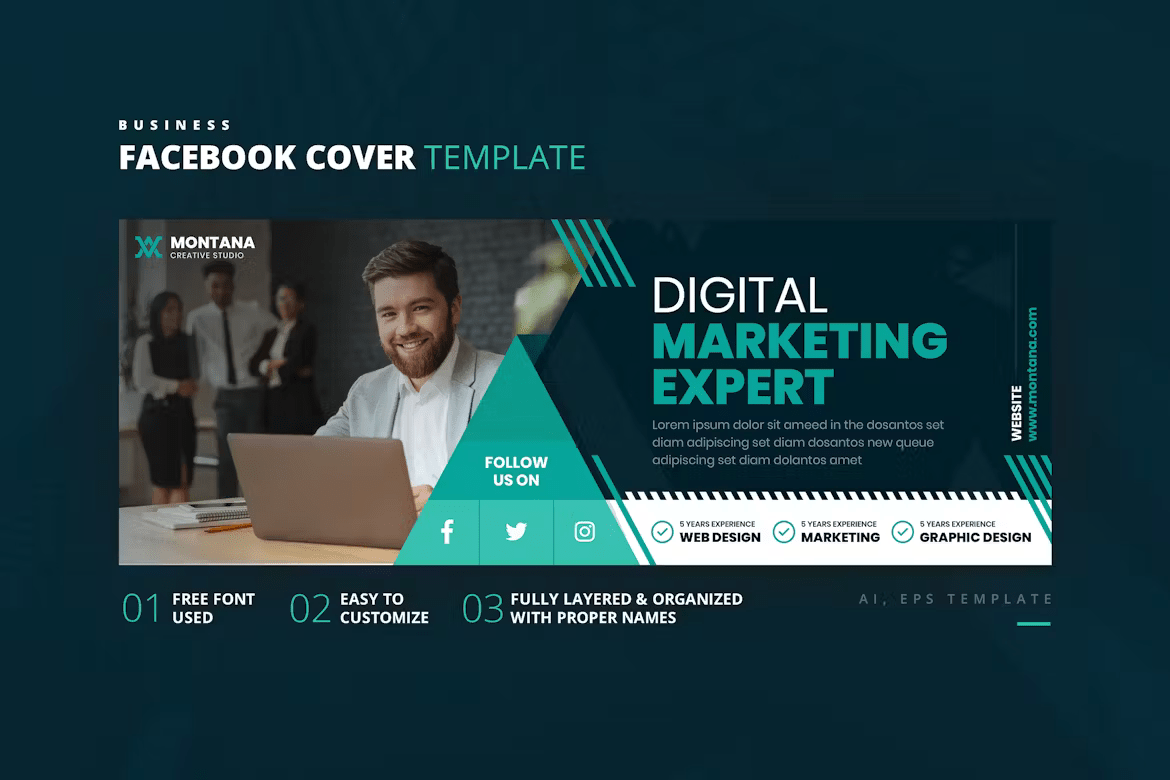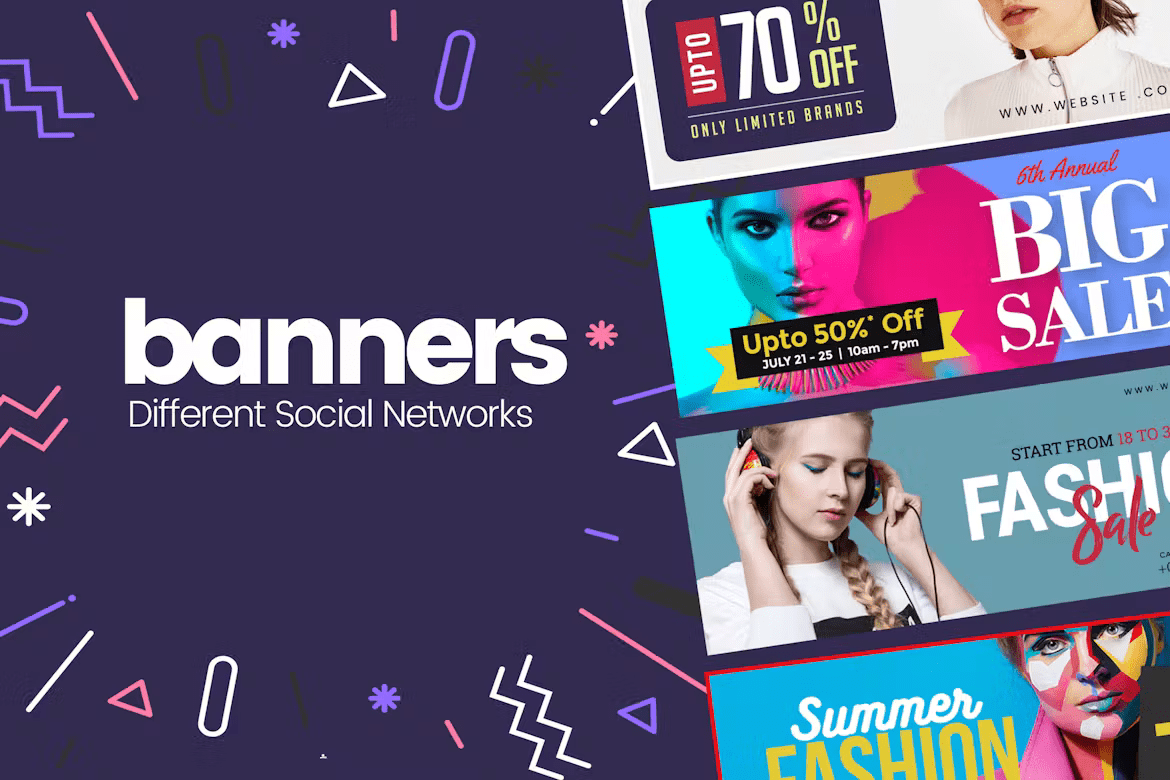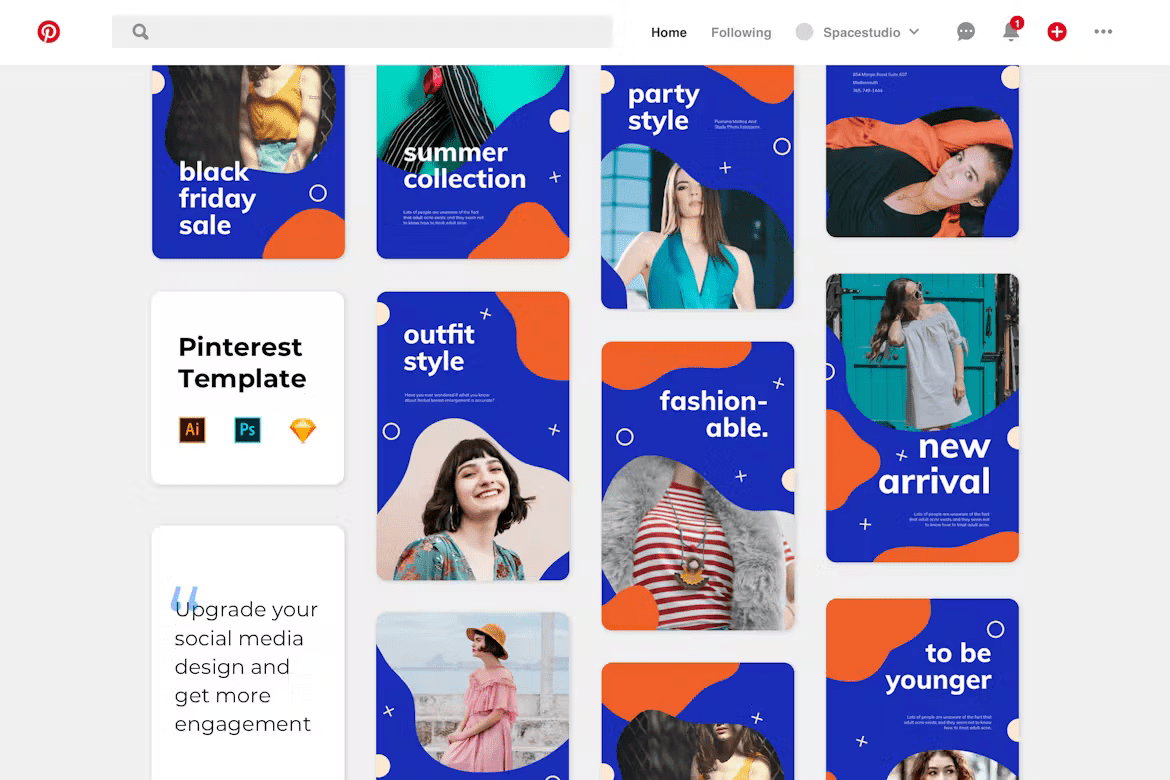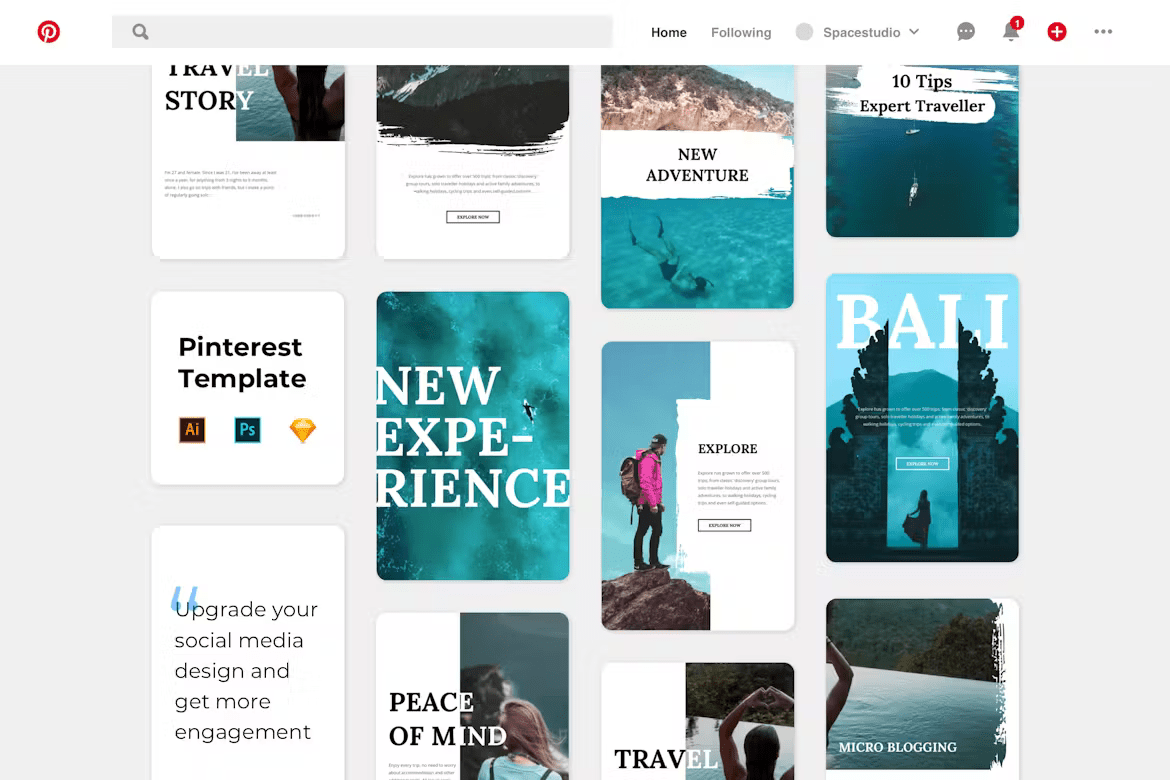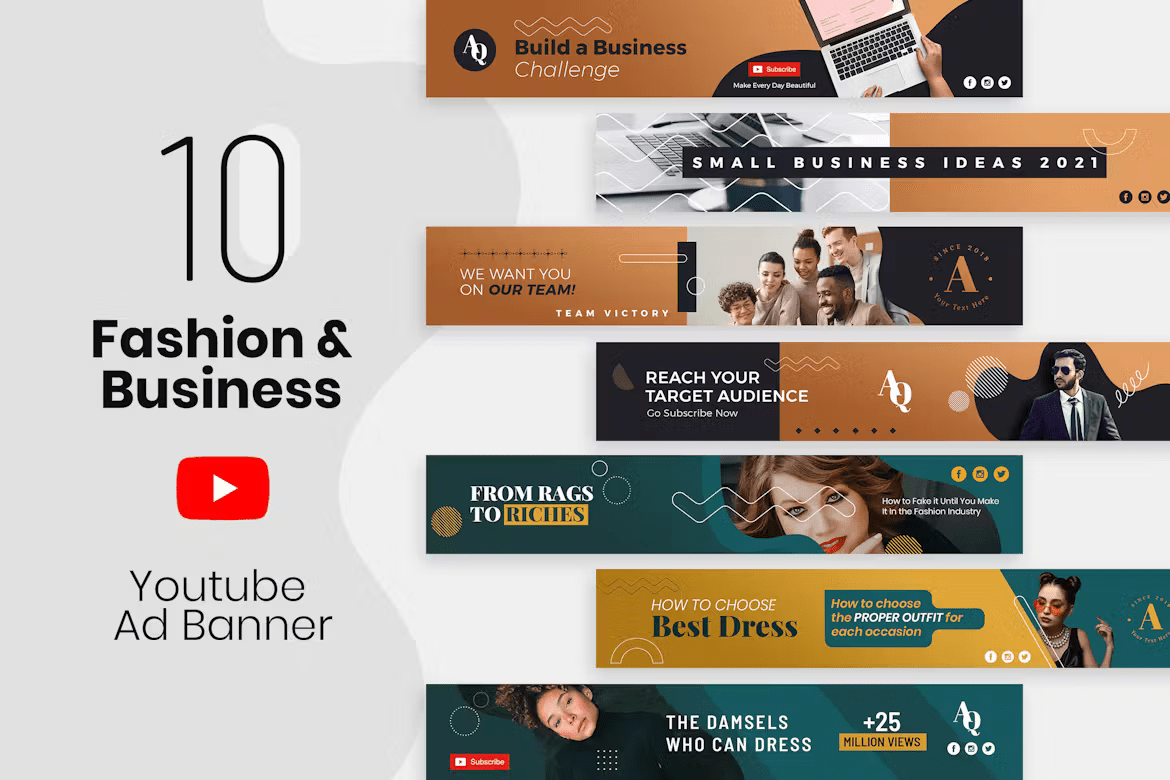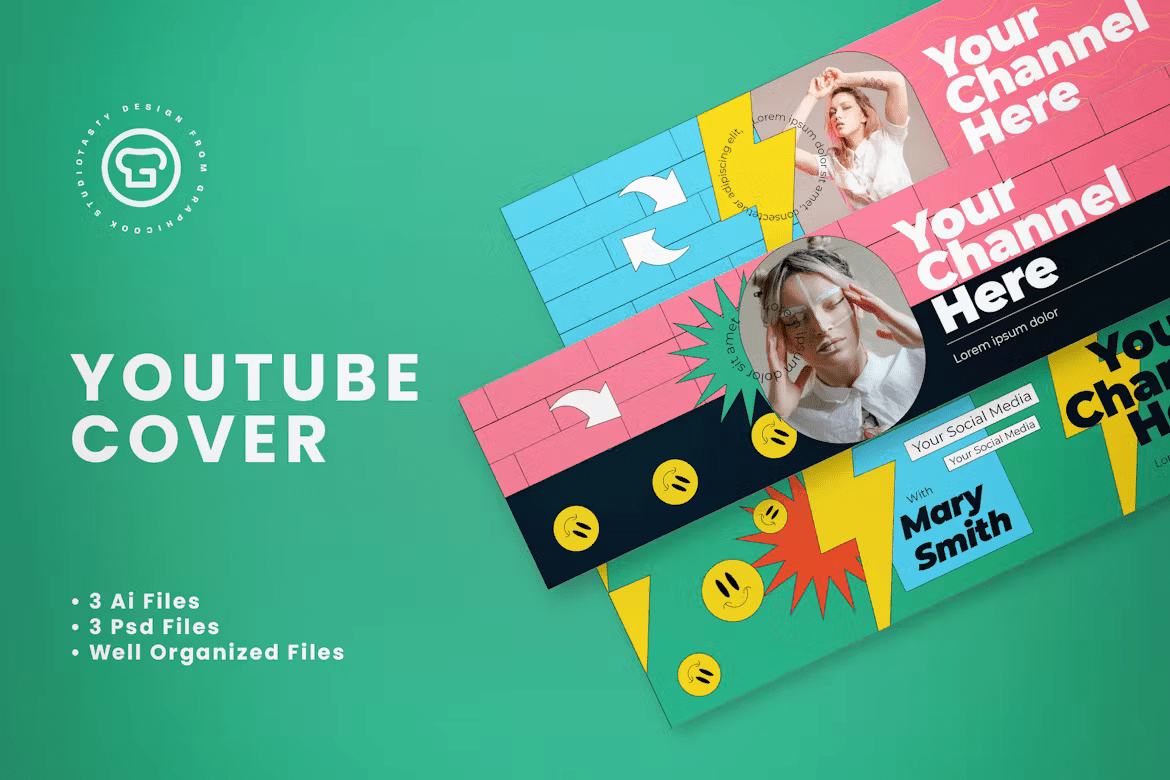In the age of information overload, social media has become a battlefield for brands vying for attention. Text alone struggles to compete in this fast-paced, visually driven landscape. Mastering social media branding design through visual storytelling can transform a brand’s online presence, driving engagement, loyalty, and ultimately, sales.
This article delves into the principles, techniques, and benefits of visual storytelling in social media branding, providing a comprehensive guide for businesses aiming to elevate their digital marketing strategies.
Understanding Visual Storytelling

Visual storytelling involves using images, videos, graphics, and other visual elements to convey a narrative. Unlike traditional storytelling, which relies heavily on text, visual storytelling leverages the power of visuals to evoke emotions, communicate messages, and build connections with the audience. The core components of effective visual storytelling include:
- Narrative Structure: A coherent story with a beginning, middle, and end.
- Emotional Appeal: Evoking feelings that align with the brand’s message.
- Visual Consistency: Maintaining a consistent style and aesthetic across all visual content.
- Authenticity: Creating genuine, relatable content that reflects the brand’s values and identity.
The Importance of Visual Storytelling in Social Media Branding
Visual storytelling in social media branding is paramount, as it captivates audiences, fostering emotional connections and enhancing message retention. Leveraging compelling imagery and videos, brands can convey narratives succinctly, transcending linguistic barriers.
This multimodal approach not only amplifies engagement but also fortifies brand identity, making it more memorable and relatable. Furthermore, visual content is algorithmically favored on platforms, boosting visibility and reach.
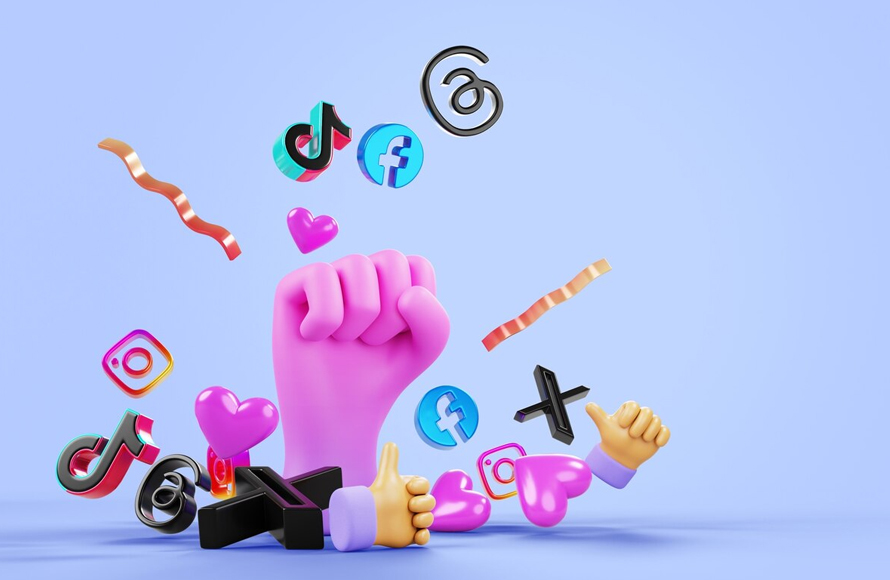
In a digital landscape inundated with information, the strategic use of visual storytelling differentiates brands, engendering loyalty and fostering a cohesive, aesthetically pleasing online presence.
- Increased Engagement: Visual content is more likely to capture attention and encourage interaction compared to text-only posts. Platforms like Instagram, Pinterest, and TikTok thrive on visually driven content, making them ideal for visual storytelling.
- Stronger Brand Identity: Consistent visual elements help in creating a recognizable and memorable brand identity. This includes the use of specific colors, fonts, and styles that align with the brand’s overall aesthetic.
- Enhanced Communication: Visuals can simplify complex messages, making them more accessible and easier to understand. Infographics, for example, can convey data and statistics in an engaging and digestible format.
- Emotional Connection: Visual storytelling taps into the emotional side of consumers, creating a deeper connection. Emotions play a crucial role in decision-making processes, influencing how audiences perceive and interact with a brand.
- Viral Potential: Visually appealing and emotionally resonant content has a higher chance of being shared, increasing the reach and visibility of the brand.
Key Elements of Social Media Branding Design
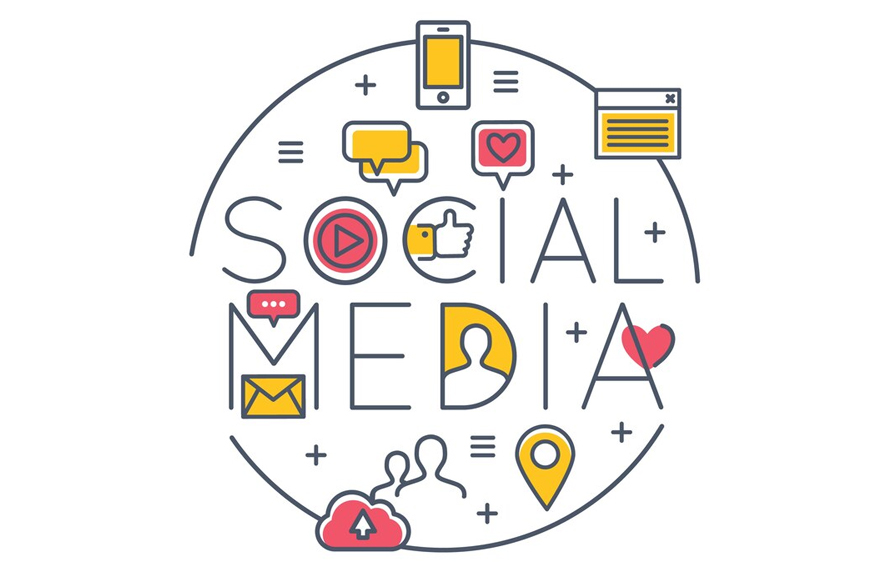
To master social media branding design through visual storytelling, businesses must focus on several key elements:
1. Brand Visual Identity
A strong brand visual identity is the foundation of effective visual storytelling. This includes:
- Logo: A recognizable symbol that represents the brand.
- Color Palette: A set of colors that reflect the brand’s personality and evoke specific emotions.
- Typography: The choice of fonts that align with the brand’s tone and style.
- Imagery: The style of photos and graphics used in the brand’s content.
2. Storytelling Techniques
- Sequential Storytelling: Breaking down a narrative into a series of posts that unfold over time. This technique can be used in Instagram Stories or carousel posts to maintain audience interest.
- User-Generated Content: Encouraging followers to create and share content related to the brand. This not only provides authentic content but also fosters a sense of community.
- Behind-the-Scenes: Sharing behind-the-scenes glimpses of the brand’s operations, product creation, or team activities to build transparency and trust.
- Customer Stories: Featuring testimonials and success stories from customers to build credibility and connect with potential clients on a personal level.
3. Visual Content Types
Different types of visual content can be used to tell a brand’s story:
- Images: High-quality photographs that align with the brand’s aesthetic.
- Videos: Engaging videos that can range from short clips to longer narratives.
- Infographics: Visual representations of information, data, or knowledge intended to present information quickly and clearly.
- Animations: Animated graphics that can add a dynamic element to the brand’s storytelling.
Strategies for Effective Visual Storytelling
Effective visual storytelling strategies include utilizing high-quality visuals, ensuring consistency in branding, and crafting emotionally resonant narratives. Integrating data visualizations and leveraging user-generated content enhance authenticity and engagement.

1. Know Your Audience
Understanding the target audience is crucial for creating content that resonates. This involves researching demographics, preferences, behaviors, and pain points. Social media analytics tools can provide valuable insights into audience engagement and interests.
2. Consistency is Key
Consistency in visual elements across all social media platforms reinforces brand recognition. This includes using the same color schemes, typography, and style in all posts. Consistency helps in building a cohesive brand image that is easily identifiable.
3. Focus on Quality
High-quality visuals are essential for making a positive impression. Investing in professional photography, graphic design, and video production can significantly enhance the brand’s visual appeal. Poor-quality visuals can harm the brand’s reputation and reduce engagement.
4. Tell a Compelling Story
Every piece of visual content should contribute to a larger narrative that reflects the brand’s mission, values, and personality. This could be a story of innovation, sustainability, customer success, or community impact. A compelling story captures attention and fosters emotional connections.
5. Engage and Interact
Social media is a two-way communication channel. Engaging with the audience by responding to comments, asking questions, and encouraging user-generated content can enhance the storytelling experience. Interaction helps in building a loyal community around the brand.
6. Leverage Trends
Staying updated with social media trends and incorporating them into the brand’s visual storytelling can increase relevance and engagement. This could involve participating in popular challenges, using trending hashtags, or adopting new content formats like Reels or Stories.
Case Studies of Successful Visual Storytelling
The successful visual storytelling case studies include Apple’s emotive product launches, Nike’s inspirational athlete stories, and Airbnb’s immersive travel experiences. These campaigns leverage powerful imagery and cohesive narratives to captivate audiences.

1. Nike
Nike is renowned for its powerful visual storytelling. The brand’s “Just Do It” campaign uses emotionally charged images and videos featuring athletes overcoming obstacles. This narrative not only highlights the brand’s products but also inspires and motivates the audience.
2. Airbnb
Airbnb’s visual storytelling focuses on the experiences of travelers and hosts. The brand uses high-quality photos and videos to showcase unique accommodations and personal stories, creating an emotional connection with its audience. User-generated content plays a significant role in Airbnb’s strategy, adding authenticity to its visual narrative.
3. GoPro
GoPro’s visual storytelling is centered around adventure and exploration. The brand encourages users to share their adventures captured with GoPro cameras, creating a dynamic and engaging narrative. GoPro’s content often features extreme sports, travel, and outdoor activities, appealing to thrill-seekers and adventurers.
Measuring the Impact of Visual Storytelling

To assess the effectiveness of visual storytelling in social media branding, businesses should track key performance indicators (KPIs):
- Engagement Rate: Likes, comments, shares, and views on visual content.
- Reach and Impressions: The number of people who have seen the content.
- Follower Growth: Increase in the number of followers over time.
- Website Traffic: Visits to the brand’s website from social media channels.
- Conversion Rate: The percentage of social media interactions that lead to desired actions, such as purchases or sign-ups.
Platform-Specific Strategies

Different social media platforms have unique strengths and demographics. Tailor your visuals to maximize their potential on each platform:
- Instagram: Focus on high-quality photos and short, engaging videos like Reels and Stories. Take advantage of Instagram’s visual-centric layout to showcase your brand’s personality through stunning product shots, lifestyle imagery, and behind-the-scenes glimpses. Utilize Instagram Stories to share real-time updates, host interactive polls and Q&A sessions, and promote exclusive content.
- Facebook: Experiment with diverse formats like infographics, live videos, and carousels. Facebook offers a wider canvas for storytelling compared to other platforms. Utilize infographics to present complex information in a digestible way, leverage live videos for product demos or interactive sessions, and create carousels to showcase product variations or tell a multi-part story.
- Twitter: Prioritize eye-catching images with concise text overlays due to the fast-paced nature of the platform. Since tweets have limited character space, visuals play a crucial role in grabbing attention and conveying your message quickly. Utilize eye-catching photos, infographics with minimal text, and GIFs to stand out in the fast-scrolling Twitter feed.
- LinkedIn: Opt for professional photos and infographics that showcase expertise. Project a professional image on LinkedIn by using high-quality profile pictures and cover photos. Leverage infographics to share industry insights, data visualizations, or highlight your team’s qualifications.
- TikTok: Embrace trends, keep it short and punchy, design for vertical format, and utilize interactive elements. TikTok thrives on virality and constant engagement. Utilize trending sounds, challenges, and filters to reach a wider audience. Keep your videos short and action-packed to capture attention quickly within TikTok’s fast-scrolling feed. Design visuals specifically for vertical viewing on mobile devices. Furthermore, leverage interactive elements like polls, quizzes, and duet features to encourage audience participation and boost engagement.
By tailoring your visuals to each platform’s strengths and audience preferences, you can ensure your message resonates and maximizes its reach. Remember, consistency is key. Maintain a cohesive brand aesthetic across all platforms while embracing the unique features of each to create a truly impactful social media presence.
Social Media Branding Design Templates
A well-curated list of social media branding design templates can significantly enhance a brand’s online presence. These templates provide cohesive and visually appealing layouts for various platforms such as Instagram, Facebook, Twitter, and LinkedIn.
They include designs for posts, stories, headers, and ads, ensuring consistency in color schemes, typography, and overall style. High-quality templates save time and effort, allowing brands to focus on content creation while maintaining a professional look. Popular sources for such templates include Canva, Adobe Spark, and Envato Elements, offering customizable options to suit different branding needs and marketing strategies.
Instagram Post Template
Get your hands on our 20+ stylish Instagram post template pack! Featuring PSD & JPG files, these 1080×1080 designs are fully layered, organized, and ready to use. Enjoy editable text, images, and colors with free Google Fonts and CC0 images. Easily adaptable to different social media sizes.
Hiphop Instagram Post
Elevate your Instagram with our hip-hop post template! Ideal for creating stunning feeds, it includes 6 Photoshop, Illustrator, and EPS files. Fully customizable and neatly organized layers ensure easy editing. A Read Me file and free fonts are included, making it perfect for any Instagram user seeking a fresh, stylish look.
Social Media Pack
Upgrade your social media presence with our pack of 5 designs in square, horizontal, and vertical formats. Perfect for Instagram, Pinterest, Facebook, and blogging, this kit suits companies, brands, and creative businesses. Simply drop your content into these fully customizable templates and save!
Facebook Cover Template
This is a Facebook Cover Template for business and Personal with Modern, Creative, and Professional design. will help you to create a unique atmosphere on social media networks, and will really help you to promote your business on social media, such as Facebook Ads, Facebook Timeline, and many more.
Corporate Facebook Cover Template
Upgrade your Facebook page with our Business Facebook Cover Template, perfect for corporate, business, and personal use. This clean, modern design features an AI and EPS file, fully editable text and background colors, and uses Google Fonts. Professional and well-structured, it comes with documentation included. Dimensions: 851 x 315 pixels.
Social Media Banner For Promotional Psd Templates
A sharp, creative and professional bundle of social media Promotional Banner templates for any kind of business that will suit perfect for your company or personal Instagram profile. Announce sales and special offers, show off new products, or promote yourself. Great for small businesses, photographers, craftsman, artists, designers or anyone that promotes on social media.
Social Media Banner
Give your pinterest accounts a design upgrade with the Liquid Fluid Acid Contrast Memphis Modern Fashion Pinterest Social Media Design. This template contains 9 fully editable and customizable templates that were designed in Sketch, Photoshop and Illustrator to stand out of the crowd. This kit is ideal for bloggers, fashion brands, lifestyle bloggers, magazines and techno blogs who doing sport related activities or campaign.
Adventure Social Media Banners
Enhance your Pinterest presence with our Brush Style Travel Adventure Social Media Banner Post Templates. Featuring 9 fully editable designs crafted in Sketch, Photoshop, and Illustrator, this kit ensures your pins stand out. Ideal for bloggers, fashion brands, and lifestyle enthusiasts, especially those focusing on sports-related content. Stand out from the crowd effortlessly!
Youtube Cover Template
Revamp your YouTube channel with our YouTube Cover Template! Featuring 10+ stylish designs in PSD format, each with a size of 2560×420 pixels, it is fully layered and organized for easy customization. Utilize free Google Fonts and CC0 images to personalize text, images, and colors effortlessly. Compatible with various social media sizes.
Youtube Cover For Branding
Our templates are effortlessly customizable with neatly organized files. This product includes Adobe Illustrator CC-compatible Ai files, as well as Adobe Photoshop CS4, CS5, CS6-compatible PSD files, with a helpful guide included. Fully editable and customizable, with text, images, and graphics on separate layers. Artboard size: 2560x423px, RGB @ 72 DPI. Free fonts used (download links provided), photography images not included. Mockups not included.
Conclusion
Mastering social media branding design through visual storytelling is a powerful strategy for businesses looking to enhance their online presence. By creating compelling narratives, maintaining visual consistency, and engaging with their audience, brands can build stronger connections and drive greater engagement.
In a world where visual content dominates, effective visual storytelling can set a brand apart, making it memorable and influential in the crowded social media landscape. Investing in quality visuals, understanding the audience, and staying true to the brand’s identity are key to success in this dynamic and ever-evolving field.
(Visited 117 times, 7 visits today)
